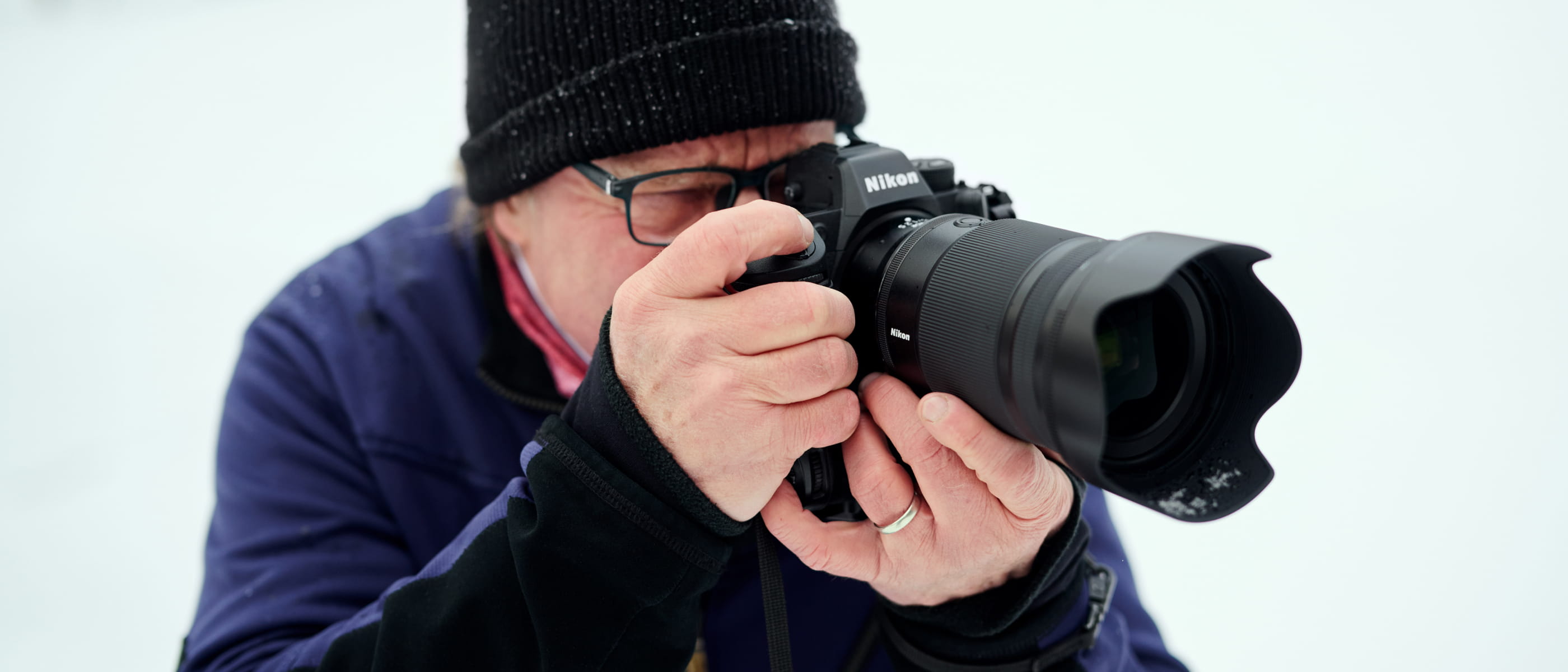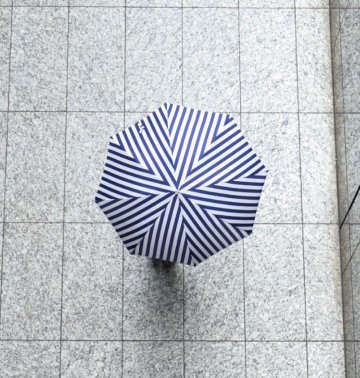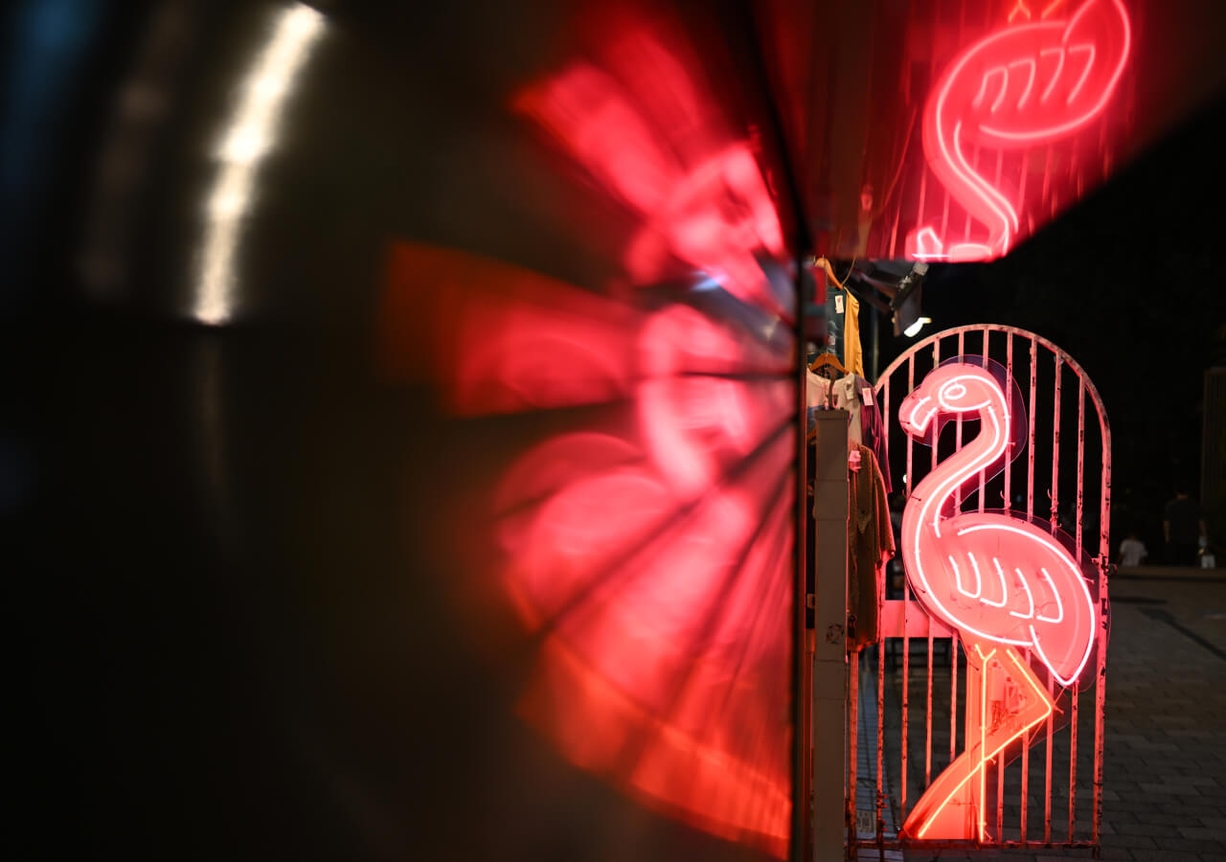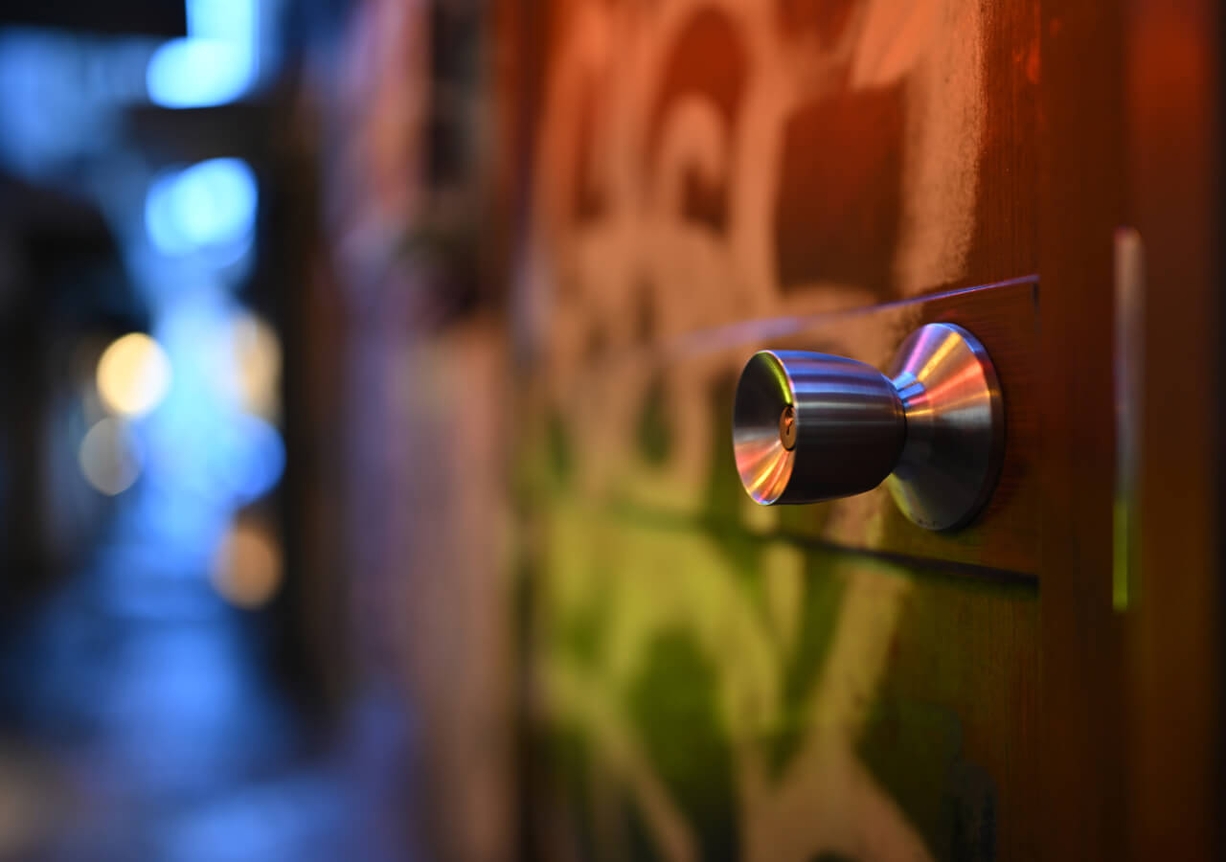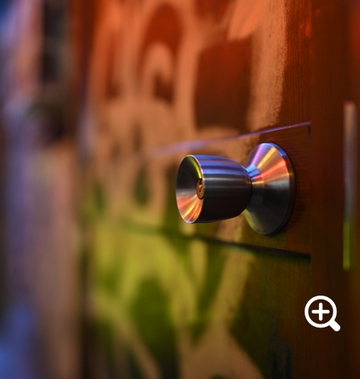Beauté naturelle.

- 35mmDistance focale polyvalente
- f/1.2Ouverture exceptionnellement rapide
- Objectifà focale fixe
- S-LineOptique et conception suprêmes
- Monture ZFormat FX/Plein cadre
Photo prise avec le NIKKOR Z 35mm f/1.2 S
Bokeh sublime
L’équilibre parfait.
Expression tridimensionnelle.
Précision supérieure. Performance améliorée.
Conception intelligente, construction robuste.
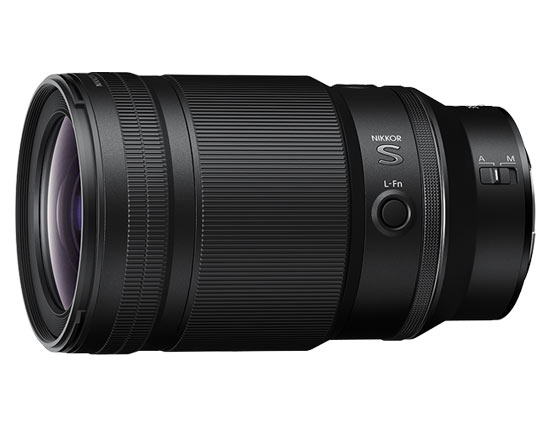
Technology

ARNEO Coat
An anti-reflective coating developed by Nikon and used in conjunction with Nano Crystal Coat to further reduce ghost and flare effects caused by incident light entering the lens vertically. This allows for the outstandingly clear capture of images even when a light source is located within the frame.

Stepping Motor
NIKKOR Z lenses use a stepping motor for fast, accurate, smooth, quiet autofocus with reduced wobbling. This quiet drive system makes the lenses ideal for use when shooting video.

Electromagnetic Diaphragm Mechanism
An electromagnetic diaphragm mechanism in the lens barrel provides highly accurate electronic diaphragm or aperture blade control when using auto exposure during continuous shooting.

ED (Extra-Low Dispersion) Glass
An optical glass developed by Nikon that is used with normal optical glass in telephoto lenses to obtain optimum correction of chromatic aberrations.

Nano Crystal Coat
An anti-reflective coating developed by Nikon that virtually eliminates internal lens element reflections across a wide range of wavelengths. Nano Crystal Coat solves ghost effects caused by red light and effectively reduces ghost and flare caused by light entering the lens diagonally.

IF Lens
A NIKKOR lens in which only the internal lens group shifts during focusing. Thus, IF NIKKORS do not change in size during AF operation, allowing for compact, lightweight lenses capable of closer focusing distances. These lenses will be designated with the abbreviation IF on the lens barrel.

Super Integrated Coating
Nikon Super Integrated Coating is Nikon's term for its multilayer coating of the optical elements in NIKKOR lenses.

Multi Focus System
In 1967, Nikon developed the world's first focusing system that effectively suppressed aberrations by moving multiple lens groups (Close-Range Correction System). The multi-focusing system is the evolution of that AF system with which the positions of multiple focusing groups are very precisely controlled, each by its own focusing unit, all of which work together. This system effectively suppresses various types of aberration, even with scenes captured at close distances where aberrations are generally more likely to occur. This enables superior image-formation performance from maximum aperture, regardless of the focal length or shooting distance. It also contributes to faster AF. The multi-focusing system is effective even with fast lenses.

Meso Amorphous Coat
Meso Amorphous Coat suppresses ghost and flare caused by incident light from any direction, including those entering the lens diagonally and vertically, to the utmost limit, demonstrating the highest anti-reflection performance in NIKKOR history. With this coating system, amorphous particles are interconnected and overlapped randomly to create a large number of air gaps termed mesopores. The many gaps within the coating form an ultra-fine mesoporous structure, attaining an outstandingly low refractive index. Additionally, a higher-precision base coat is employed to further enhance the anti-refection effect.

Aspherical ED glass
Using ED (Extra-low Dispersion) glass that successfully minimizes color fringing as a material, this type of lens features non-spherical surfaces on one or both sides of the glass. It provides superior rendering capability by maximizing the advantages of both ED glass and an aspherical lens – effectively correcting various lens aberrations such as lateral chromatic aberration, coma flare at the periphery, as well as distortion and spherical aberration. It achieves aberration correction of ED glass and aspherical lens in one element, contributing to lens compactness.

A/M
A/M stands for Auto-Priority Manual Mode. This mode also enables an easy transition from autofocus to manual during AF operation. However, mode switch sensitivity has been altered to reduce the possibility of sudden unintentional switching to manual focus while shooting.
Caractéristiques techniques
Longueur Focale
35mmOuverture Maximale
f/1.2Format
FXRevêtement Nano Cristal
OuiDimensions Approx. (Diamètre x Longueur)
3.5 in.90 mmx5.9 in.150 mmDistance à partir de l’ailette de monture d’objectif de l’appareil photo D’après les directives CIPAPoids Approx.
37.39 oz.1060 g
- Type de MontureMonture Nikon Z
- Longueur Focale35mm
- Ouverture Maximalef/1.2
- Ouverture Minimalef/16
- Plage d'ouverturef/1.2 - f/16
- FormatFX
- Angle de Vue Maximum (format DX)44°
- Angle de Vue Minimum (format DX)44°
- Angle de Vue Maximum (format FX)63°
- Angle de Vue Minimum (format FX)63°
- Rapport de Reproduction Maximum0.2x
- Éléments de construction de l'objectif17
- Éléments de l'objectif17
- Groupes de l'Objectif15
- Groupes de construction d’objectif15
- Format(s) Compatible(s)DX/FX
- Lames de Diaphragme11
- Revêtement ArneoOui
- Revêtement Nano CristalOui
- Éléments en Verre ED3
- Éléments Asphériques3
- AutofocusOui
- Mise au Point InterneOui
- Distance Minimale de Mise au Point0.99 ft.(0.3m)0,99 pi (0,3 m)
- Mode de Mise au PointAuto/manuel
- Type EOui
- Taille du Filtre82mm
- Type de Filtre AcceptéÀ visser
- Dimensions Approx. (Diamètre x Longueur)3.5 in.90 mmx5.9 in.150 mmDistance à partir de l’ailette de monture d’objectif de l’appareil photo D’après les directives CIPA
- Poids Approx.37.39 oz.1060 g
- Type d'ObjectifPrime
Assistance
Enregistrement de produit
L’enregistrement de votre produit Nikon nous permet de vous envoyer (avec votre permission) des mises à jour importantes, des renseignements sur le service et des conseils utiles. Cela simplifie par ailleurs les procédures dans l’éventualité où vous auriez besoin de nous appeler pour obtenir de l’aide.
Enregistrez votre produit en ligne maintenant.Site Réponses Nikon
Nous stockons tous les problèmes résolus dans notre base de données de solutions. Si vous n’y trouvez pas la réponse qui vous convient, envoyez votre question à notre équipe d’assistance technique.
Visualiser les Questions et réponses